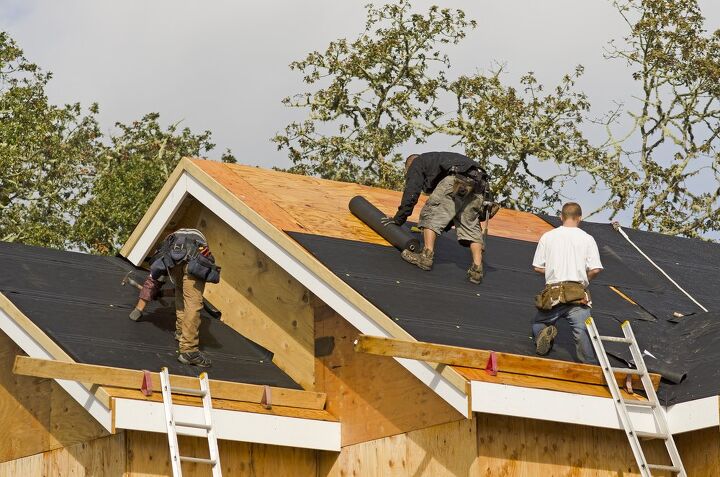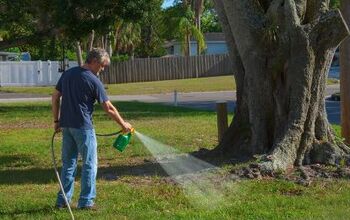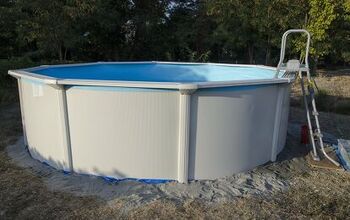Can You Put Tar Paper On A Wet Roof? (Find Out Now!)

The roof is one of the most important parts of the home. To ensure the roof is secure and leak-proof, roof felt—otherwise known as tar paper—is put down before the shingles are. The National Roofing Contractors Association (NRCA) recommends using roof felt to waterproof a roof. But can roof felt be put down on a wet roof? Such is the question this article answers.
You should not put tar paper on a wet roof, as doing so won’t yield a good result. It’s likely the tar paper won’t hold, and if it doesn’t hold then it won’t be able to provide the waterproofing quality that it’s installed for. Additionally, you should not install shingles on wet tar paper, as the shingles won’t stay in place.
Do You Need Roofing, Siding, or Gutter Installers?
Get free, zero-commitment quotes from pro contractors near you.

What Is Roof Felt?
If you’ve ever driven by a home that’s getting its roof repaired—or a new one that’s getting a fresh roof installed—then you’ve probably seen the black paper that goes underneath the roof’s shingles. This black paper is called roof felt, felt paper, and tar paper, and it’s the protective underlayment that goes above the roof deck and helps secure the shingles.
This paper adds another layer of protection to the roof, and it can be made of natural materials—like wood cellulose—and also synthetic materials like fiberglass and polyester. Roof felt also utilizes a special asphalt coating known as bitumen. This material is what allows the paper to repel water, and the paper can still breathe even though this coating is applied.
Adding roof felt will not only ensure your roof is visually appealing. It’ll also extend your roof’s lifespan, and this is by far the biggest benefit of using roof felt. Some other important benefits are discussed in the section below.
Why Is Roof Felt Used?
Water-Repellent
Roof felt repels water, which is good because moisture that gets trapped between the shingles and the wood can cause a lot of damage. If your home is somewhere that experiences heavy rain often throughout the year, then you should make sure your roof utilizes high-quality roof felt.
Homes in areas that experience high humidity throughout most of the year should also be outfitted with roof felt. A compromised roof can lead to water damage, leaks, mold, and other problems. Using roof felt ensures you won’t have to deal with these water-related problems. It’s also ideal for homeowners who have furnished attics.
Added Layer of Protection
If heavy winds blow a shingle off your roof, you won’t have to worry about the deck underneath being exposed. Of course roof felt can’t stand alone, so in such a situation you would still have to get the shingle replaced as soon as possible. The point is that losing a shingle won’t immediately result in water gushing through the exposed space.
Preventing Snow and Ice Dams
If your home is in an area where snowfall and cold temperatures are common, you’ll have to be vigilant, as ice dams can form when water is allowed to get between the shingles. But when there’s roof felt present, the water can’t reach the deck underneath, so you won’t have to worry about an ice dam leading to a leak or mold growth.
Ice dams are particularly problematic. When an ice dam forms, it expands the space between the shingles through which the water was able to enter. But the dam doesn’t stay; it melts, leaving behind a gap through which a larger amount of water can get through.
Even if an ice dam is formed under one of your shingles, you won’t have to worry about this damaging the deck underneath if you have roof felt installed. The water won’t get past the roof felt, ensuring the area underneath stays dry.
Fireproofing
If you install roof felt on your home, you won’t have to pay as much in home insurance, as this felt adds a layer of fireproofing to the roof. In fact, roofs that are equipped with tar paper often carry a Class A fire rating.
The special asphalt coating that roof felt utilizes is not only a good water repellent; it’s flame-retardant too. And since the area directly under the roof—otherwise known as the attic—can sometimes be the hottest space in the home, it makes sense to have fire-proofing materials around this area, as you never know when a dry fire could ignite.
Protection During Roof Construction
Often, it takes multiple days to construct a roof. If during that time it starts to rain or snow, the roofers will need something to cover the spots where shingles have yet to be installed. This is another instance when roof felt comes in handy.
With roof felt, a roofer can protect the deck while the shingles are being installed. Imagine installing a roof only to have the wood rot right before the shingles get installed—the last part of the installation process. Roof felt prevents such an undesirable situation from occurring.
Can Wet Roof Felt Go On a Roof?
Roof felt is a water-resistant material, but this doesn’t mean it’ll be completely dry immediately after being exposed to heavy rain or snow. It’ll need a few hours of sunshine or precipitation-free air to dry out thoroughly, and once the felt is dry then shingles can be installed on it.
You shouldn’t install shingles on roof felt when the felt as wet, as it’s likely the shingles won’t stay in place. The felt can also get damaged if it’s exposed to moisture for a prolonged period, so it’s best to do roof repair/installation when there’s no precipitation in the short-term forecast.
Do You Need Roofing, Siding, or Gutter Installers?
Get free, zero-commitment quotes from pro contractors near you.

Is Roof Felt Needed When Shingles Are Present?
While roof felt is not required, having it provides more benefits than drawbacks. Roof felt serves as a waterproof membrane, and with this in place, you won’t have to worry about leaking as much. Some contractors insist that installing roof felt is necessary when there are multiple layers of shingles, but there’s nothing in the Uniform Building Code to back up this assertion.
Related Guide

Matt loves everything DIY. He has been learning and practicing different trades since he was a kid, and he's often the first one called when a friend or family member needs a helping hand at home. Matt loves to work with wood and stone, and landscaping is by far his most favorite pastime.
More by Matthew Mountain



























